Contact Sussex Damp Experts Now to Speak With an Expert.

The movement of water flowing upwards through porous building material in contact with the ground is known as rising damp. This is caused by air drying on the upper surfaces, causing the wall to serve as a wick, pulling water upwards from the ground by capillary action, which subsequently evaporates from the surface into the atmosphere. The moisture will continue to rise until it reaches a point where gravity will draw it back down unless evaporation is feasible.
Various dissolved nitrates, chlorides, and other salts (hygroscopic ground salts) will be transported upwards into the brickwork and plaster by water flowing from the earth. As the water evaporates, more and more of these salts are accumulated in the wall.
Because ground salts are quickly dissolved, they readily absorb moisture from the surrounding environment.
Rising moisture in a wall is frequently the cause of wood rot in surrounding timbers. As a result, the plaster will always remain wet or polluted even when the rising damp is healed. As a result, while addressing increasing moisture, the plaster is usually removed.
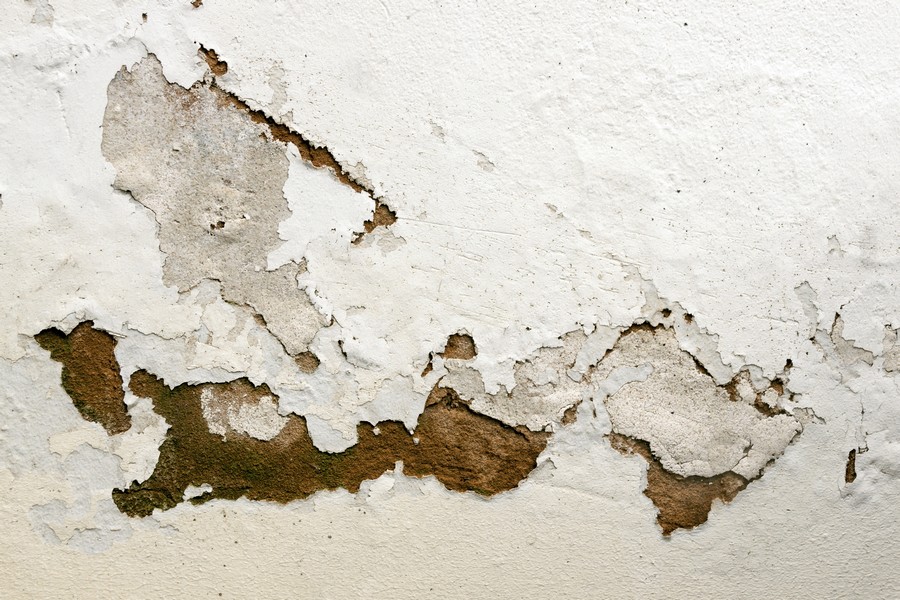
Oppositely to penetrating damp, which occurs on the top of the walls or ceilings due to rain penetration, this damp is derived from water ingress on the ground or underneath it. The most efficient solution for a rising damp problem is to install a damp proof course (DPC) that prevents moisture from rising through floors and walls.
The most common mistake that allows damp to spread is confusing it with condensation effects, where water vapour becomes liquid by contact with cold surfaces. Surface condensation can have a similar appearance, but a few tell-tale signs indicate the problem is present.
According to specialists, taking masonry samples, particularly mortar, is a reliable technique to define increasing damp. Investigating the conditions from within the depths of the wall can reveal whether or not your home is affected by growing dampness. You have increasing dampness if the samples reveal evidence of water penetration. If you have a condensation problem, this will not be the case.
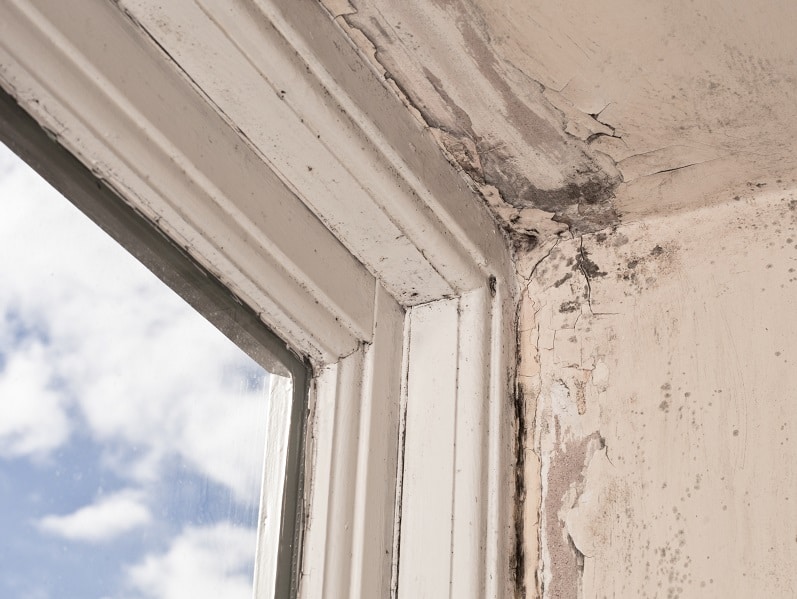
A Damp Proof Course (DPC) is a treatment option for rising dampness rather than condensation. In any instance, if you misapply it, you will not be able to address the problem. Any misdiagnosis will result in the use of the incorrect solution.
The best course of action is to contact Sussex Damp Experts, who have well-qualified professionals and a good reputation in the industry.
Contact Sussex Damp Experts Now to Speak With an Expert.
A variety of factors can produce penetrating dampness in walls above the external ground level. Wind-driven rain is one of these, and depending on the direction of the rain, it is mostly out of the property owner’s control. Unfortunately, this might cause moisture to migrate lower within the structure.
While wind-driven rain cannot be controlled in direction or velocity, it may be prevented from entering the building and inflicting internal damage. Water intrusion can be caused by cracks in external render coatings, loose and missing pointing on walls and around window and door frames, poor flashings around roof structures, and defective rainwater products such as leaking or clogged gutters down-pipes, and hoppers, among other things.
Penetrating damp might cause considerable harm to the property if it is not maintained correctly, including fungal rot outbreaks (Dry Rot and Wet Rot attacks).
During periods of high humidity, penetrating damp can promote the migration of hygroscopic salts into the interior plaster finishes, causing random and isolated patches of moisture to emerge.
The indicators that a property has been invaded by moisture are usually easy to spot. Discoloured wallpapers or wall surfaces are examples of these symptoms. Plaster disintegration and blistering are further signs of deep moisture. Localised wet spots that emerge at random on ceilings and other concrete surfaces may also be noticed. You may notice a musky odour and even mould development where the damp has remained for long periods.
Any of these warning indicators should prompt you to check your property for flaws.
It would only be prudent to inspect our property regularly in an ideal world. But, as we all know, our world is far from perfect, so this rarely happens. We’re too busy with our daily activities to add another weekly roof and gutter inspection to our to-do list. However, detecting penetrating damp in its early stages can save you a lot of money in the long run by minimising the expense of damage restoration.
An examination is the first step toward fixing any damp problems in your home. At Sussex Damp Experts, our damp proofing team will not look for issues that do not exist to make money; instead, we will only report on legitimate damp issues and propose valuable and cost-effective solutions.
Our damp proofing specialists can evaluate your property, elaborate a damp survey, and suggest the best course of action for repairs.
Sussex Damp Experts offers a wide range of damp proofing treatments and is confident in our ability to provide cost-effective repairs backed by our 30 years guarantees.
Whether it requires rising damp treatment, basement waterproofing, dry rot control, timber treatments or other damp proofing expertise, you can rely on our damp proofing experts to assess the problems in our detailed surveys and provide you with the most professional services to give you peace of mind for the future.
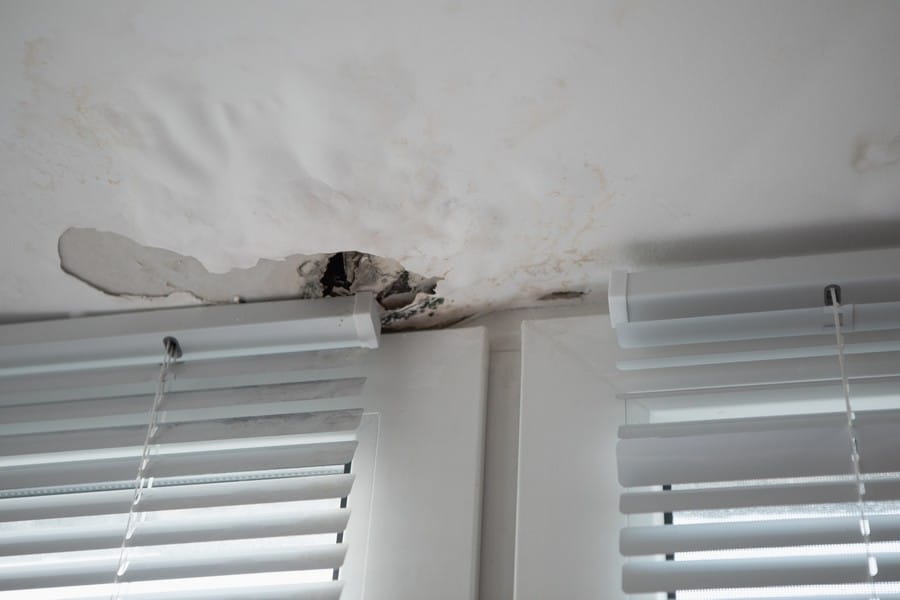
Call Our Sussex Damp Experts team now for quote, consultation and advice:
Call on 01273 257 765.
Even when rising damp is minimised, there will frequently be a tiny amount of moisture trapped in the substrate owing to salt contamination. PTL will install a chemical DPC system to control the problem if necessary. At regular intervals, the chemical DPC is injected into the walls. The salt-contaminated plaster will be replaced, and the decorative surface will be protected from any remaining moisture in the wall.
Water-attractive hygroscopic salts, which are transferred from the earth to the brickwork by increased wetness, will continue to draw moisture, especially during periods of high humidity. The damp-proof course will keep the wetness from rising any further. Re-plastering to the PTL specification is necessary if this occurs to an unsatisfactory degree. PTL has expert plasterers on staff and would be happy to give quotes for this job.
Penetrating damp is one of the most dangerous and damaging issues you could have in your home. This type of dampness is also known as rain penetration since it occurs when water from the outside enters the structure. Water infiltration may usually be traced back to its source and treated using low-cost solutions. Our experienced moisture-proofing specialists can assess and resolve penetrating damp problems.
Hundreds of Sussex households have turned to our damp-proofing experts. Please call us at 01273 257 765 for a survey or treatment quote if you require experienced and qualified damp-proofing professionals.
For the treatment and prevention of rising damp, we use a variety of different techniques and solutions. Injecting a silicone-based chemical into the wall through a series of small holes is one of the most effective and cost-effective treatments.
When it dries, it leaves a water-repellent barrier inside the wall. Typically, some of the internal plaster contaminated with salts from rising damp must be removed and replaced with a salt-resistant plaster, allowing the moisture in the wall to dry out naturally.
Damp proofing is a method of preventing moisture from entering a structure, especially from rising damp. A ‘tide line’ of yellowish or brownish stains or blown plaster in the bottom section of your wall above your skirting board are typical symptoms of rising dampness. You can also have decaying or moist skirting boards or floors.
Performing a small repair for rising damp (e.g. repointing or painting over the damp) will increase the cost of the job in the long run and require you to redo the job later. A damp proof course is a water-resistant barrier that runs the length and width of your wall. It prevents groundwater from creeping up through the wall due to capillary action.
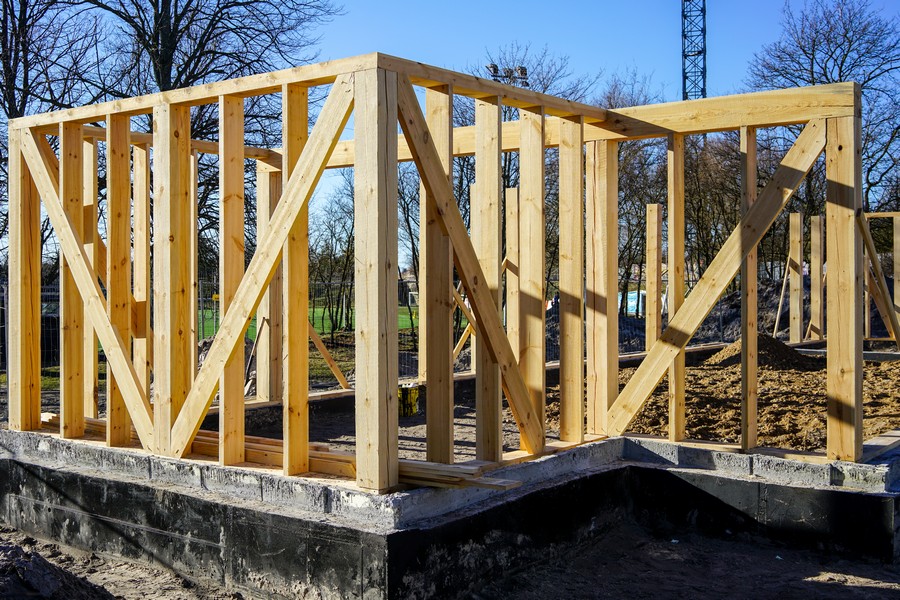
We can offer you a variety of damp proofing choices at Sussex Damp Experts, each with its own set of advantages. A damp proof course (DPC) is a method that aids in the control of rising dampness by regulating the moisture caused by capillary action.
A damp proof membrane (DPM) is a unique membrane added to a DPC to combat dampness. A DPM can use a silicone material to help manage moisture. Buildings are protected from water and moisture, including rain, using this coating process. It also contains cement, such as shotcrete, which provides moisture, water, and pressure resistance. The construction of cavity walls creates a space between the inner and outside walls to keep water out, whereas pressure grouting is used to plug any gaps in masonry walls.
A silicone-based formulation is injected into a sequence of holes made along the base of a wall that is suffering from the effects of increasing damp to create a chemical damp-proof course.
A chemical DPC, contrary to widespread assumption, does not form an impenetrable physical barrier. Chemical damp-proofing, on the other hand, is an effective method of filling the pores of a brick wall with a water repellent silicone compound. The silicone-lined pores neutralise the brick particles’ charge attraction to the water molecules, lowering adhesive attraction to a level suitable with the liquid’s cohesive force.
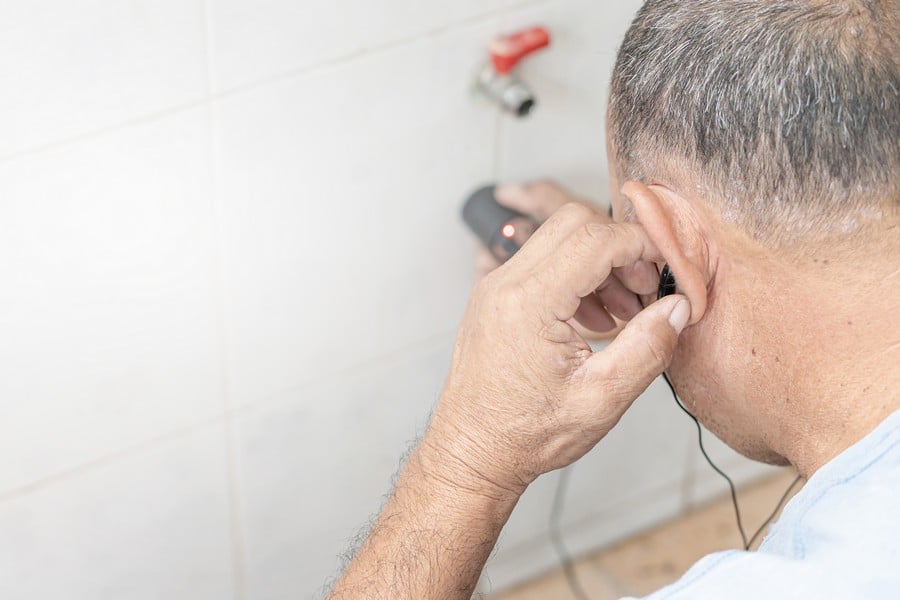
A simple injection applicator is used to inject the silicone-based damp-proofing cream into a series of 12mm holes drilled into the bed joint. Before curing, the injected DPC cream diffuses quickly, forming a water-repellent damp proof course that addresses rising dampness in brick and masonry walls.
One of the most critical components of managing increasing damp in homes is the damp-proof injection procedure. It’s also one of the most efficient, providing a dependable and straightforward solution.
Water will still rise through the perp-end joints even if a chemical damp proof course system is installed in the bricks or blocks along a stretch of brickwork. Water can only climb a wall if there is a continuous channel for it to travel through. As a result, the only layer capable of acting as a moisture-proof course is the mortar bed joint.
Internally, beneath ground floor joists, or close to the floor if solid, a DPC should be placed at least 150mm above external ground level. If the two are incompatible, further safeguards to protect low-lying regions and flooring timbers may be required.
A vertical upstand is required where a wall extends beyond the new DPC, such as when the wall is part of an enlarged terrace, to prevent horizontal moisture transmission from surrounding walls. Inject the chemical into holes in a zigzag pattern that follows the mortar line up the wall to a height of at least 1 metre to create a vertical DPC.
The cream can be injected from either side of the wall. However, we recommend injecting from both sides for cavity walled brickwork. In rubble-filled walls, which are effectively cavity walls filled with rubble, damp proofing chemicals are unlikely to be successful. In such cases, an electro-osmotic system is more likely to produce superior results.
If you discover dampness in your property, act soon! Otherwise, the residents may face serious issues.
Beyond the visual soreness caused by damp problems, dampness can cause severe damage to a property’s structure and compromise structural integrity if not addressed on time. There is also evidence that it can induce respiratory difficulties, albeit this mostly affects people who already have a respiratory problem.
Whether you have damp developing due to condensation, leaking guttering, or leaking pipes, call our damp removal and proofing experts immediately to get it fixed as soon as possible.
Our commitment to providing great customer service, as well as our depth and breadth of knowledge, are the foundations of our continued success.
Our team has over 10 years of combined expertise offering damp proofing in Brighton. If you are experiencing damp issues in Brighton and the surrounding areas, please call our damp specialist team on 01273 257 765 to schedule a survey or treatment.
Following our instructions, one of our CSRT and CSSW trained surveyors will thoroughly examine and provide a report, price quote and treatment suggestions.
Suppose you decide to go ahead with our damp proofing services. In that case, we have a complete team of damp proofing specialists who have a comprehensive portfolio dealing with damp problems, such as dry rot and woodworm, wet rot, wood rot, basement waterproofing, internal dampness, rain penetration, condensation control both in commercial properties and private homes.


The costs associated with addressing a damp problem depend on many different factors such as the property’s dimension and architecture, the type of damp cause, the materials involved, among others.
Because there’s a comprehensive range of details to consider, don’t hesitate to contact our fully trained team to book a survey and have one of our friendly team members inspect the property and fully understand the situation, thus providing you with the most cost-effective quote and treatment.
We follow excellent standards in damp proofing treatments, professional re-plastering, wood preservation and are experts in performing damp surveys.
We provide highly customised, competent, and dependable damp proofing treatment and repair services to homes, local authorities, small businesses, and large commercial properties.
Call us today at 01273 257 765 to speak with a member of our helpful team about your needs.
For your safety and security, all of our work is covered by our company’s guarantee. We are also members of the Guarantee Protection Scheme, an independent insurance policy that covers the duration of your guarantee if you want to take it out.


Max and his team have been at our property all week and I really can’t thank them enough for the fantastic job they’ve done on plastering both our walls and ceilings. They have literally transformed the appearance of our house! Not only has Ma…

From start to finish Max has been incredable. His knowledge lin damp proofing is second to none and his team where very clean and polite. The plastered finish was like glass so happy we choose Max Plastering for job.

Lovely bunch of lads left a very neat and clean job. Problem was solved.

Perfect Finnish and all left clean and tidy and no mess. Used Max previously and would not hesitate to ask him carry out more work.

Max, Harvey and Stuart arrived promptly as arranged. Done a great job on our outside rear wall. Work completed to a high standard, removal of all old material and cleaned up after themselves. I am so pleased with the standard of their work they ar…

They turned up on time and carried out the works in a very professional manor leaving the front of the house clean and tidy. Very impressed would definitely recommend.

I have to say that on every level Max (with Stuart and Harvey) did an extremely professional job! They explained what they were going to do, they were polite and courteous and respected that they were coming into our home. The plastering is of the…

I called max and he managed to come around the same day to do a survey. The next day I received an extremely detailed survey compared to any other damp proofer which made me feel very at ease that he was going to do the right job. Max and team tur…

Contact Sussex Damp Experts Now to Speak With an Expert.